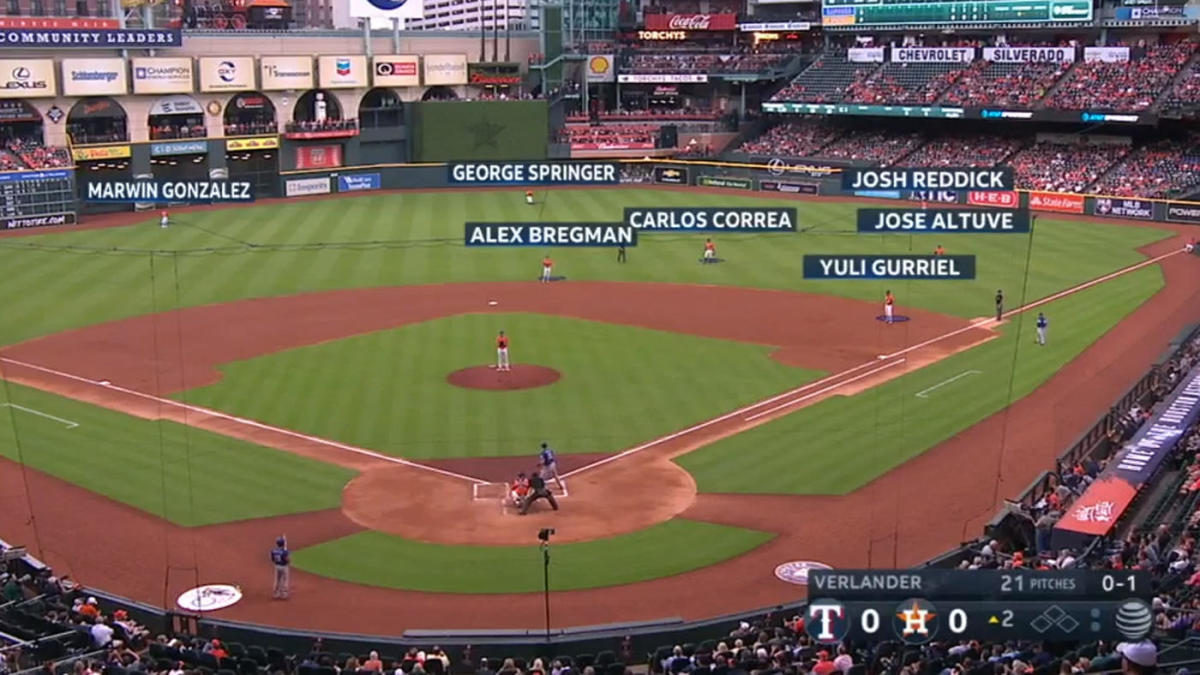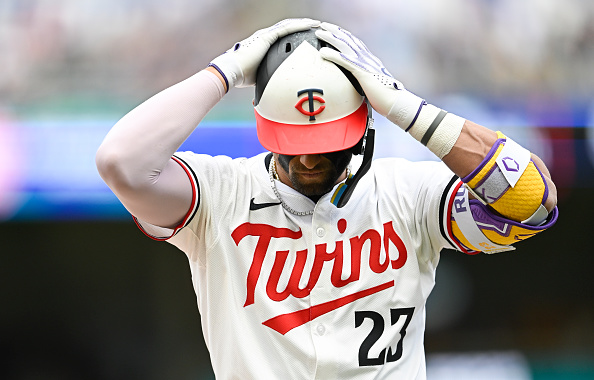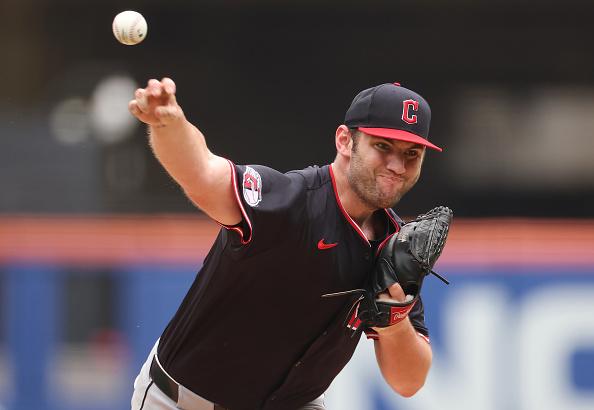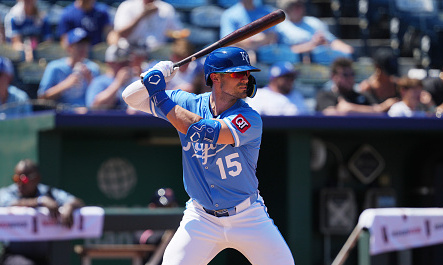I recently took a ride to Philadelphia from Boston and was listening to New York sports radio. While I don’t mind listening to sports talk from different parts of the country, I draw the line when they start talking about the Mets.
However, through this misery of listening to people talk about the, the hosts did pose a great question: Is the shift good for baseball?
The shift is a relatively new defensive scheme, becoming popular in the last decade or so. It is seemingly a great thing. After all, why wouldn’t you want to place your players in the positions where they are most likely to get an out?
But what happens when the ball is put right through the gap? What happens when absolutely no one is covering that area?
We saw that happen a few days ago when St. Louis Cardinals third baseman Matt Carpenter bunted for a double. Not only was it a double, but it was a stand-up double.
Matt Carpenter just bunted for a double… yes, you read that correctly! pic.twitter.com/mtJUNpG4ji
— St. Louis Cardinals (@Cardinals) June 18, 2019
The Marlins had all four of their infielders on the left side of second base.
Most teams shift on Matt Carpenter. Most teams use the shift in general. But does this mean the end of the game as we know it?
I know I may sound dramatic here, but it could be true.
But it doesn’t matter.
Players should be smart enough to beat the shift. As a major league ballplayer, they should have the ability to drive the ball through that gap in the infield. Or just have the sensibility to get the ball into a position that is hard for the shifted defense to field it.
However, some players haven’t adapted to the shift quite yet. So the direction that they normally hit the ball is where they continue hitting the ball. It’s allowing defenses to have a much easier out than normal.
I truthfully don’t have an opinion about the shift yet, but I do know this: It works. If a player usually hits a ball in a specific direction, it is smart to crowd this area. Logically, it just makes sense.
But a baseball purist may argue that this is destroying the game. Players batting averages are suffering if they can’t find a way to hit around the shift. Conversely, teams are letting costly hits through when they are shifted and the ball goes through the area that no one is covering.
The shift is a risky move, but the payout can be well worth it if the ball is swung in that direction.
While I don’t have an opinion on the actual technicalities of the shift, I do believe this. The shift should absolutely not be banned… at least not yet.
Baseball is evolving no matter what. In a game that has remained pretty much the same for the past 150 years, there will have to be some minor changes that make it more interesting for the viewer. To me, the shift is intriguing. It takes away easy singles, and makes batters work for their hits.
The shift also is shown to increase home runs, not by much, but it was shown to add about a hundred to two hundred home runs in 2017. That is a lot of home runs, and to the ordinary viewer, that is one of the most exciting things about baseball.
Another thing to note is that to beat the shift you don’t necessarily have to hit around it. You can also hit over it.
Hitting over it is probably the way that a player is going to beat the shift.
Christian Yelich is doing exceptionally well this season, and is leading the National League with 28 home runs this year. So I thought I would run his at-bats through statcast and see how often defenses shifted on him and if it worked.
Yelich is infield shifted on in 22.6% of his pitches.
Christian Yelich against the shift in 2019:
12 strikeouts
nine homers
nine fly-outs
eight walks
seven ground outs to the infield
five line drive singles
four ground ball singles
three pop-outs
two line-drive doubles
one fly ball double
one HBP
one line-out to the infield
.577 wOBA
As you can clearly see here, Yelich is great against the shift. This may be because he has adjusted his swing so that he hits more fly balls rather than ground balls, but that is truthfully how players can and should beat the shift.
Now, let’s take a player who is notoriously bad against the shift. Chris Davis. His batting has suffered for a while now, but is it because of the shift? Cue statcast.
Research has shown that Chris Davis is in-field shifted on 87.7% of his pitches. This is a lot larger sample size than Christian Yelich, but it’s probably because the shift actually works on Davis.
Chris Davis against the in-field shift in 2019:
66 strikeouts
22 ground outs
17 fly outs
11 walks
nine line drive singles
eight line outs to the outfield
three home runs
three ground ball singles
three fly ball doubles
three HBP
three pop outs
one line out to the infield
one fly ball single
one ground ball double
one line-drive double
.215 wOBA
So obviously, there is a large difference in sample size for these two players, but there are still some comparisons to be made between the two. Chris Davis faced the shift in 152 of his plate appearances whereas Christian Yelich faced the shift in 62 of his.
Davis has a batting average of .138 against the shift (his batting average factoring in non-shifted at-bats is .158). Yelich, however, has a batting average of .339 against the shift (his batting average factoring in non-shifted at-bats is .348.)
The shift, well, shifts from player to player. Some players hit well against the shift, example being Christian Yelich, and others do not, example being Chris Davis. But is this comparing apples to oranges? Obviously comparing these two players offensively can be baffling because they are not in the same league when it comes to simply batting in general not even specifically against the shift. But remember the key thing about shifting is that it is a player specific strategy. Yelich is still shifted on but not as much because it doesn’t have as much of an affect on his hits as it would a player like Davis.
So returning to the question being posed, I don’t know if the shift is bad for baseball. I know that a bunt should never be a stand up double, but I think that was a special case of the shift, and now that it has happened, there will be adjustments to it so that it doesn’t happen again.
People will always be angry about a change that is happening in their sport. Some may believe that these changes are unfair to batters, but in all honesty, the shift is just a new obstacle for batters to overcome.
Another thing some fans are calling for is an “illegal formation” for defenses. One in particular I saw was that if all four infielders are on one side of the field, it would be deemed as “illegal” and the baserunners could move (same punishment as a balk). That could be something that the MLB plays with in the future if the shift drastically changes the way the game is played.
But for now, as fans, I think it’s best to accept that the shift is going to happen no matter if you want it to or not. Baseball is weird. You literally never know what is going to happen next. But attempting to predict it is the best option a team has if they want to win the game.
What do you think about the shift? Tweet me and let me know! @jaclyngalvin







